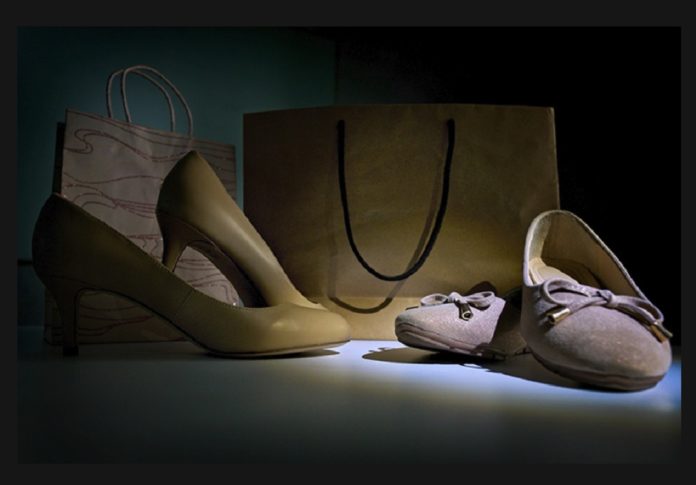According to a new research by the Nanyang Technological University, Singapore (NTU Singapore) and Northwestern University in the United States, the lighting affects consumer choice. The study suggests that a darker environment decreases passionate associations with others, leading individuals to be more genuine to their own needs.
Thus, they more likely to choose what they believe will give them greater pleasure, rather than what they think provides the most functional value. This inclination for pleasurable or hedonic items is diminished when they are helped to remember their nearby ties, for example, family and companions.
Assistant Professor Irene Huang from NTU’s Nanyang Business School said, “The results suggest that brighter surroundings may be better if one wants to highlight products prized for their function, while a dimmer environment works better for products prized for pleasure. The potential implication is that shop owners can adjust the store lighting to suit specific marketing campaigns, for example, to emphasize the functional or hedonic aspects of their products.”
“Often, for the same type of product, consumers may be choosing between what they like and what they find more practical. We inferred from previous literature that people feel less intense emotions and feel emotionally disconnected from others in darker surroundings. Thus we set out to find out if a darker environment can lead to people choosing what they truly want for themselves.”
Drawing on the current writing of distributed investigations, the writers take note of that a great deal is thought about how purchasers see their environment, however, few examinations have dug into the effect of lighting when shoppers pick between what the analysts name as “practical” or “hedonic” items.
In the first of three investigations, around 100 students from an Asian college were requested to pick between an unobtrusively alluring seat with predominant back-bolster work and a sharp seat with restricted back help.
The members were arbitrarily relegated to one of four conditions: right off the bat a dull or sufficiently bright PC lab setting, and afterward inside that setting, regardless of whether their decision is perceptible (i.e. picking a seat for their office) or non-discernible by others (i.e. picking a seat for their room). Results demonstrated a more noteworthy inclination for the polished seat oblivious room, notwithstanding when it was in a private setting without open examination.
In the second investigation, 180 members enrolled from an online stage were arbitrarily allotted to dull or sufficiently bright conditions. They were requested to pick between a skillful activity competitor and a funemployment hopeful; a versatile application for work and a portable application for excitement; a solid PC for the home office and a polished workstation for the home office; and between a narrative dramatization and an affection show.
A short time later, the members addressed inquiries that deliberate the amount they needed to be consistent with themselves, which is, settling on the decisions that they extremely needed.
The findings showed that it was the emotional disconnection in darkness, rather than the lack of scrutiny by others, that resulted in a preference for hedonic options. When in darkness, the participants were truer to themselves and followed their heart, with a greater preference for the hedonic option as well.
Assistant Professor Huang said, “There are other factors that affect consumer choice. For example, when a person has been through a situation where they have less control, such as a traffic jam, he is more likely to buy functional products. Or when it is very difficult to choose, one will just follow their heart. But marketers would still find it worthwhile to bear the effect of ambient lighting in mind when highlighting the hedonic or functional aspects of the products.”
In a paper published in the International Journal of Research in Marketing in March 2018, Assistant Professor Irene Huang from NTU’s Nanyang Business School, and Assistant Professor Ping Dong and Professor Aparna Labroo, both from Northwestern University’s Kellogg School of Management, pinpointed the effect of ambient lighting in making consumer choices, through three related studies.
